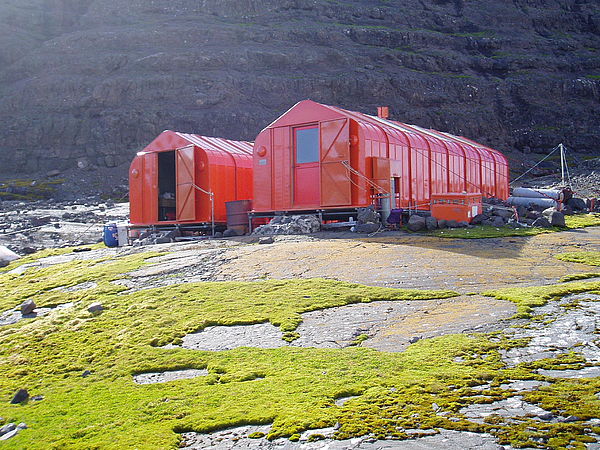
Background
Port aux Français | |
http://www.institut-polaire.fr/ipev-en/infrastructures-2/stations/subantarctic-islands/ | |
Sub-Antarctic | |
Open | |
Station | |
France | |
None | |
1949 | |
Year-Round |
Introduction
Port-aux-Français (Kerguelen Islands) is owned and managed by the Terres Australes et Antarctiques Françaises (TAAF). Scientific activities are supported and implemented by the French Polar Institute Paul-Emile Victor (IPEV). | |
Port-aux-Français is a permanent French scientific station on Kerguelen Islands, a Subantarctic Crozet Archipelago in the South Indian Ocean. Also known as the Desolation Islands, the archipelago consists of 300 islands, islets, and reefs which lie between 48° to 50°S and 68° to 70°E, covering an area of 7,215 km² (2,786 mi²). Port-aux-Français is located at the eastern part of the archipelago in the Golfe du Morbihan, at few meters a.s.l. Several huts are distributed in the field as support facilities for scientists. In 2006, all the islands of the archipelago were listed as natural reserve. Access to some sites of Kerguelen Islands is consequently submitted to permits. | |
Kerguelen Islands belong to the Subantarctic biogeographical Province of the Southern Indian Ocean. Several plant and invertebrate species are endemic of this Province but only one plant species is known from Kerguelen only: Lyallia kerguelensis. Due to the proximity of the Antarctic convergence, birdlife and marine mammals are abundant. The climate is cold oceanic with rain or snow falling more than 300 days a year. The Cook ice cap covers a large part of the West side of the Grande Terre, but all the glaciers are rapidly retreating. Several non native species have been introduced in the past (rabbit, reindeer, cat, mouse, rat) and have a strong impact on the native biodiversity. | |
The Kerguelen Islands have been discovered in 1772 by the French sailor Yves Joseph Kerguelen de Trémarec. Several sealers and whalers visited the archipelago during the 19 and early 20th centuries and a whaling station was established at Port Jeanne d’Arc until the end of the 1920s. A permanent station for scientific researches was set up in 1949 and remained continuously opened from this period. | |
The research projects implemented at Port-aux-Français station cover a large range of scientific domains: bird and mammal ecology and physiology, marine biology, glaciology at the Cook ice cap, geology, meteorology as well as long term Earth science observatories in seismology and magnetism. Sun-Earth relationships are studied by the SuperDARN project. Several projects are related to non native species (plants, invertebrates, mammals) and their impact on the native flora and fauna. For example studies on rabbit, reindeer, and cat are conducted and some experiments of eradication or control have been implemented on small islands of the archipelago. | |
There is no permanent population on Kerguelen Islands and the number of staff and scientists vary from about 45 in winter up to 90-100 in summer. There is no economic or agronomic activity today in the archipelago itself (but fishing activities occur). Since 1992, the French Centre National d'Études Spatiales (CNES) has operated a satellite tracking station. | |
Access to Port-aux-Français is only by ship. There are no natural ports or airstrips. The Marion Dufresne is the supply vessel operated by TAAF. It visits Kerguelen Islands 4 times per year, in April, August, November and December. The helicopter on board allows unloading equipment and disembarking passengers. The movement within the archipelago is ordinarily walk, sometimes with the support of a barge in the Golfe du Morbihan. |
Operator
Terres Australes et Antarctiques Françaises (TAAF) | |
Government | |
Terres Australes et Antarctiques Françaises (TAAF)) | |
Data Source
Partner Institution
Yes | |
Institut Polaire Francais (IPEV) |
Location
CO1106 | |
49° 21' 0'' S | |
70° 13' 10'' E | |
Sub-Antarctic islands | |
Kerguelen Islands | |
20 | |
0 | |
1850 | |
3360 | |
3360 | |
0 | |
1330 | |
Ice-free ground |
Climate
None | |
Sub-Antarctic | |
Snow and Rain | |
753.1 | |
34.7 | |
176.4 | |
W | |
01/01/1951 to 31/12/2015 | |
4.9 | |
7.9 | |
8.1 | |
7.4 | |
6 | |
3.9 | |
2.5 | |
2.1 | |
2.2 | |
2.5 | |
3.7 | |
5.1 | |
6.8 | |
23/01/1994 | |
25.8 | |
11/08/2014 | |
-9.5 | |
January; February; March; April; May; June; July; August; September; October; November; December |
Features
Biological features; Bird colonies; Fauna; Ice cap or glacier; Lake; Moraine; Mountain; Plateau; Rivers; Sea; Seal colonies; Terrestrial geothermal |
Disciplines
Ecology; Environmental sciences; Geology; Geomorphology; Geophysics and seismology; Glaciology; Marine biology; Paleoecology; Soil science; Terrestrial biology |
Human Activities
No | |
Yes | |
Yes | |
Yes | |
Yes |
Infrastructure
CO1106 | |
18170 | |
952 | |
Biology; Chemistry; Geophysics; Other | |
Marine laboratory, Microbiology | |
0 | |
3094 | |
127 | |
Yes | |
Yes | |
Fossil fuel | |
220 | |
24 | |
No |
Staff Capacity
45 | |
45 | |
34 | |
11 | |
125 | |
48 |
Scientific Equipment
Basic equipments of lab oratories (precision scales, microscopes, stove, distilled water etc..), Marine laboratory | |
Earth magnetism (INTERMAGNET Network), Sismology (GEOSCOPE Network), Sea level (GLOSS Network), Nucleon component of the cosmic radiation, SuperDARN (Super Dual Auroral Radar Network), Birds and mammal population dynamics, Invertebrate fauna, Plant populations, Non-native species (plants, invertebrates, mammals). |
Medical Facilities
Yes | |
210 | |
Medical doctor | |
3 | |
Basic; Dental; Surgery; Other | |
Anaesthesia; Biochemistry; Blood Transfusion Medicine; Diagnostic ultrasound; Diagnostic x-ray; Haematology; Telemedicine; Other | |
Echography | |
3490 | |
2 | |
2 | |
3490 | |
No | |
Yes |
Vehicles
1 barge and 1 rubber boat, restricted to the Golfe du Morbihan | |
cars, mobile crane, forklift, backhoe, tractors, grader, compact excavator, farm trailer, aerial bucket ; Walking is the most common moving mean. |
Workshop facilities
Mechanical; Metal workshop; Wood workshop |
Communications
E-mail; Fax; Internet; Satellite phone; Telephone; VHF |
Access
Sea |
Aircraft landing facilities
0 | |
Yes |
Transport and freight
Helicopter; Ship | |
4 | |
April; August; November; December | |
None | |
0 | |
None |
Access To The Facility
Pictures
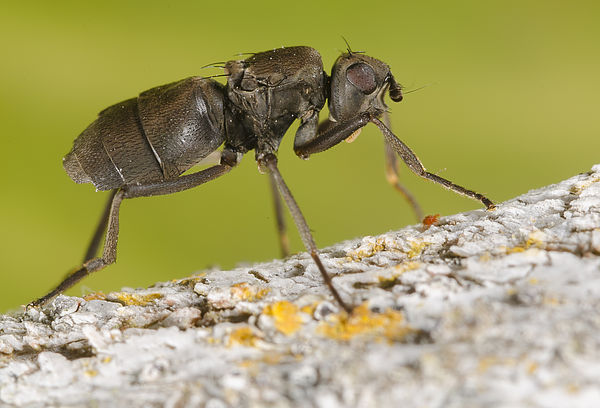 Kerguelen Anatalanta aptera (Credits: Bernard Chaubet) |
 Cat release (Credits: Fabien Egal) |
 Kerguelen Chaland (Credits: Marc Lebouvier) |
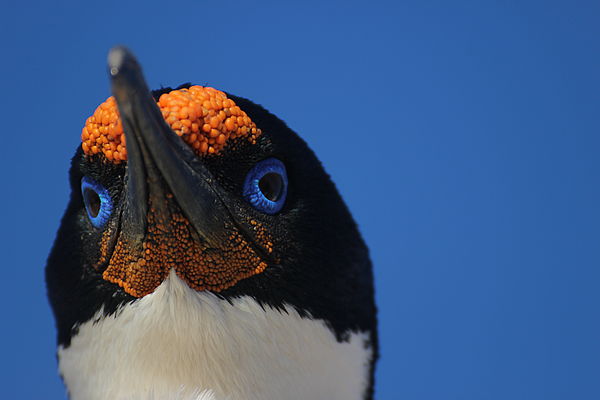 Kerguelen Cormoran (Credits: Florian Orgeret) |
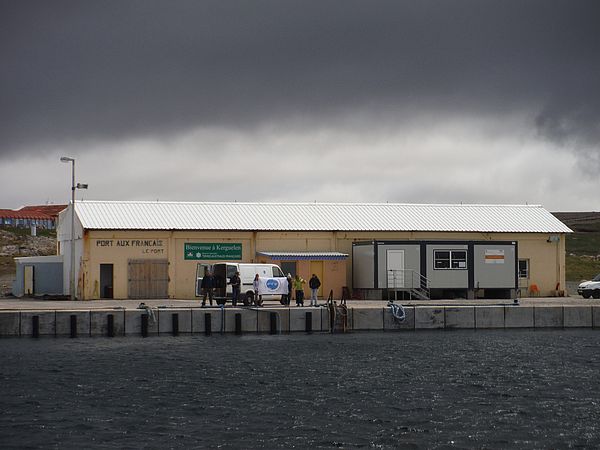 Kerguelen Dock (Credits: Nina Marchand) |
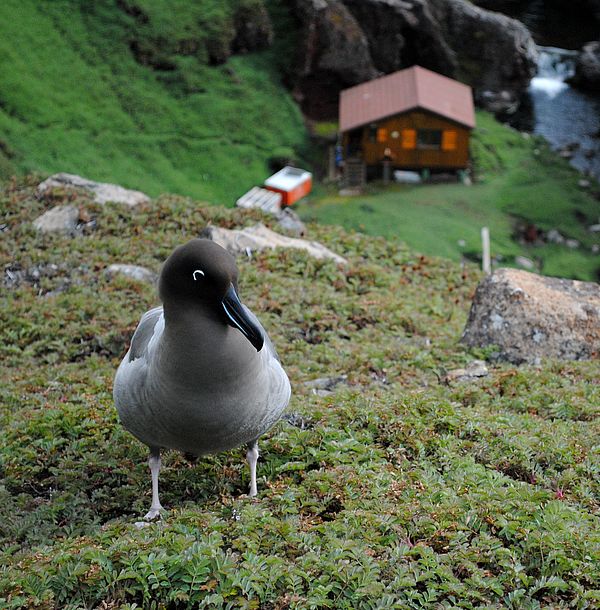 Kerguelen Fuligineux sourcil Noir (Credits: Fabien Egal) |
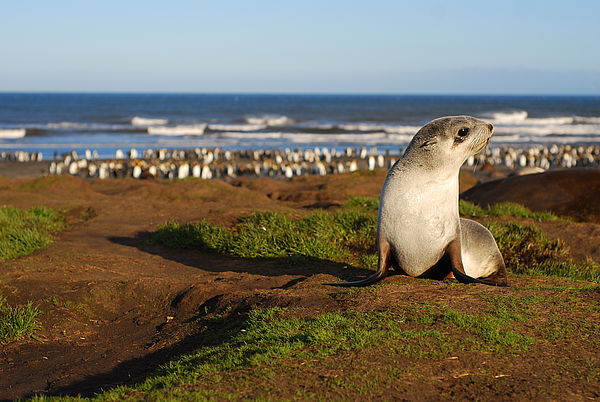 Kerguelen Fur Seal (Credits: Thibault Vergoz) |
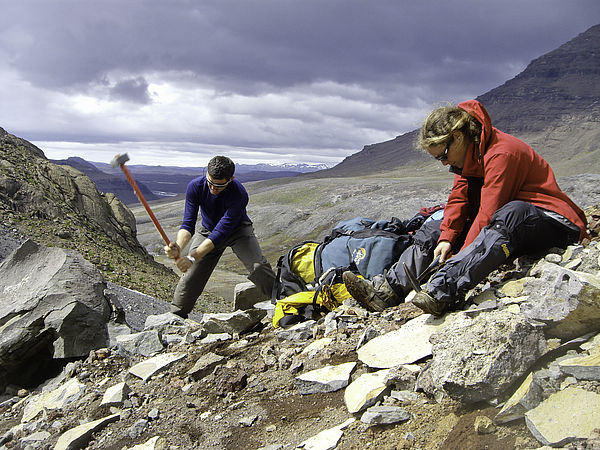 Kerguelen geologists (Credits: Francois Nauret) |
 Kerguelen geologists (Credits: Francois Nauret) |
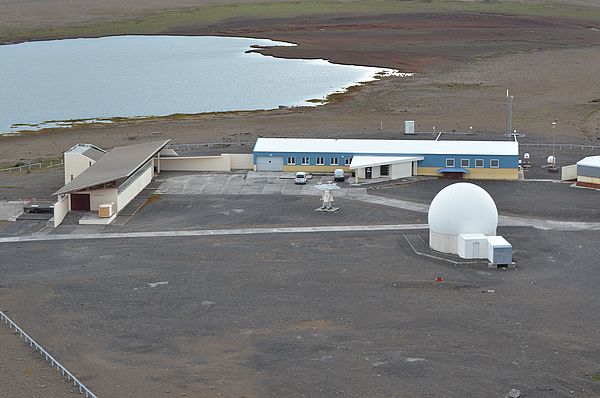 Kerguelen Geophy |
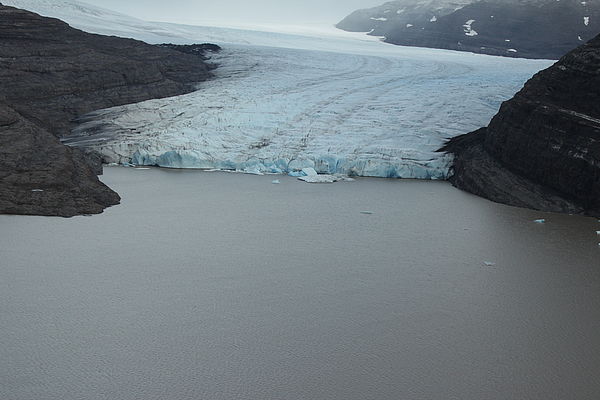 Glacier Ampere Pierre (Credits: Alain Vivet) |
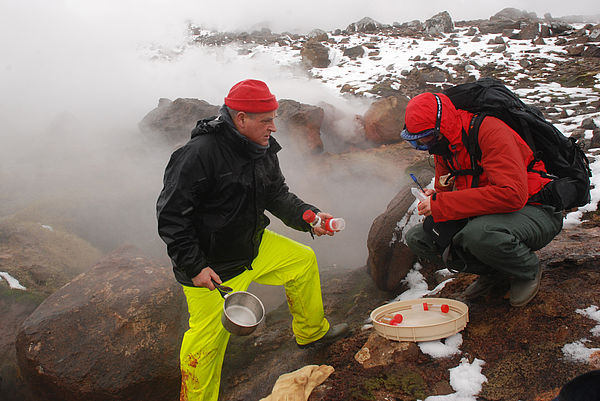 Hot springs (Credits: Sylvie Geiger) |
 Kerguelen IPEV buildinbg (Credits: Alexis Haudebault) |
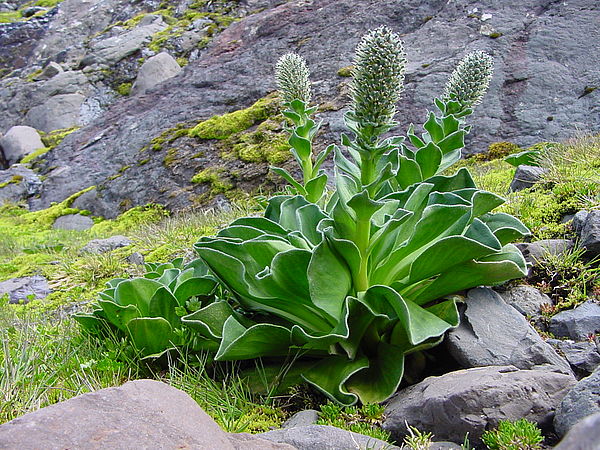 Kerguelen cabbage (Credits: Jacques Buffin) |
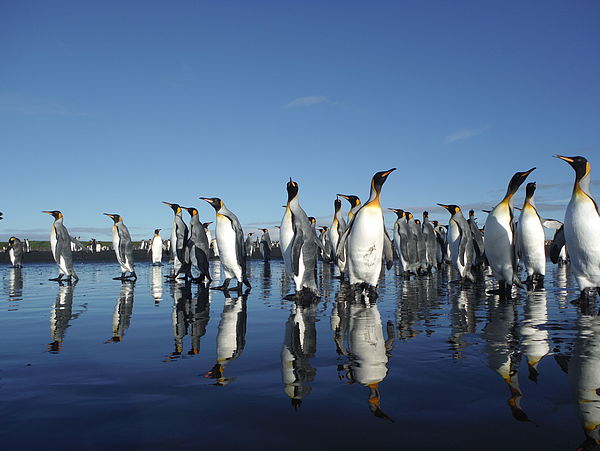 King Penguins (Credits: Gilles Guillon) |
 Kerguelen Landscape (Mathieu Laparie) |
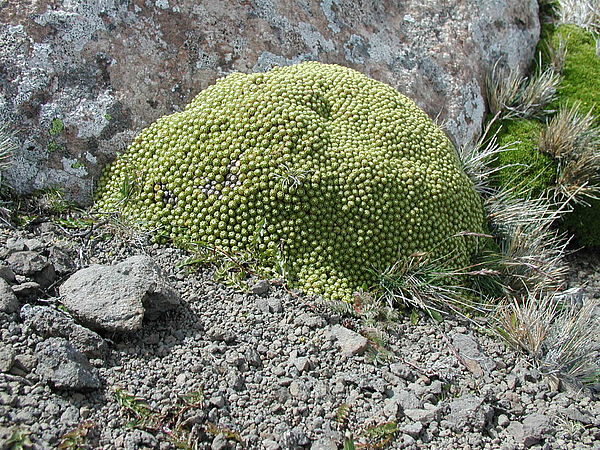 Lyallia kerguelensis (Credits: Yves Frenot) |
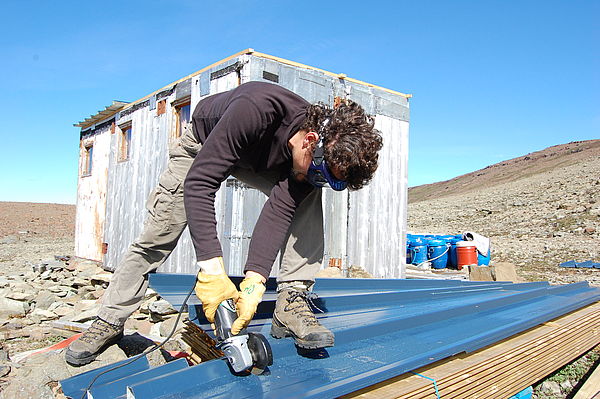 Kerguelen maintenance of hut (Credits: Samuel Lebouc) |
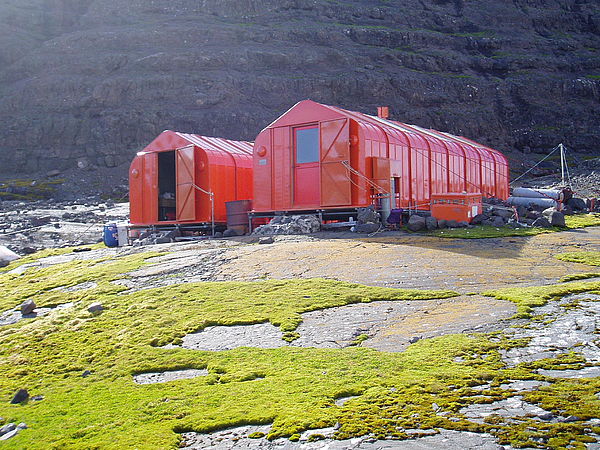 Kerguelen Mortadelle (Credits: Marc Lebouvier) |
 Kerguelen Mortadelle (Credits: Yves Frenot) |
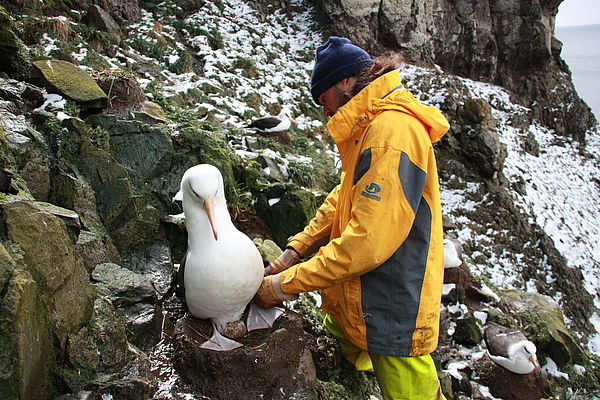 Ornithologist (Credits: Maxime Aubert) |
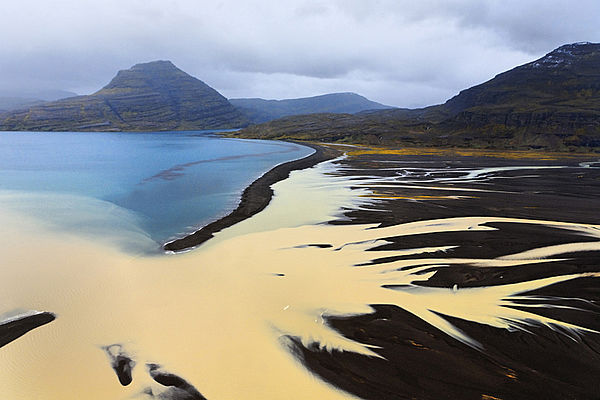 Kerguelen Plaine Ampere (Credits: François Lepage) |
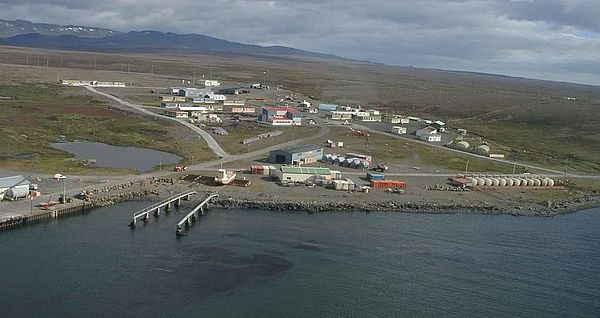 Port-aux-Français (Credits: Romuald Bellec) |
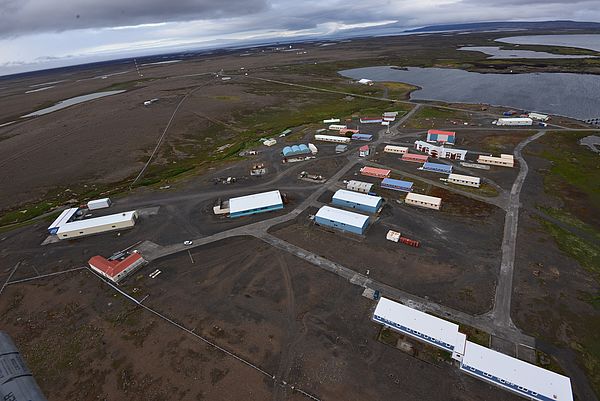 Port-aux-Français |
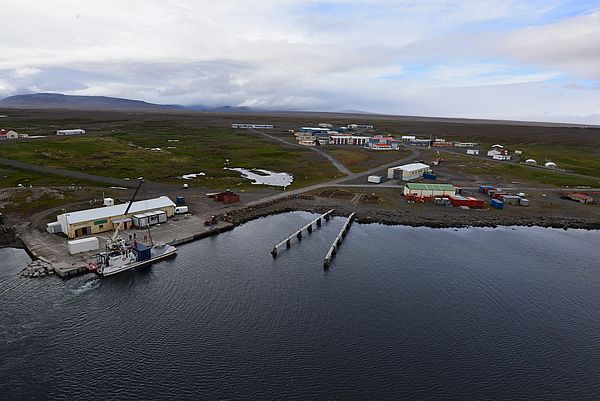 Port-aux-Français |
 Reindeer (Credits: Fabien Egal) |
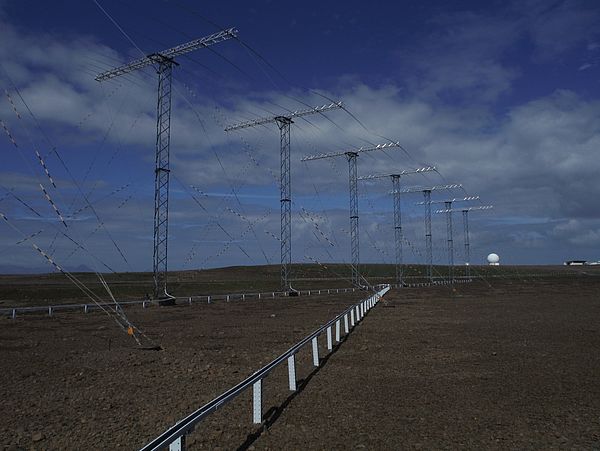 Super DARN radar (Credits: Nina Marchand) |
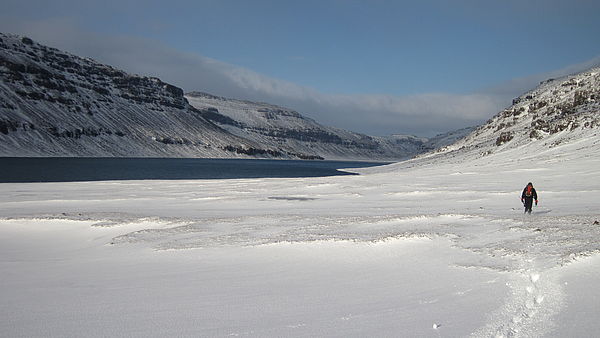 Val Studer (Credits: Florian Orgeret) |
 Val Studer (Credits: Pierre-Alain Vivet) |
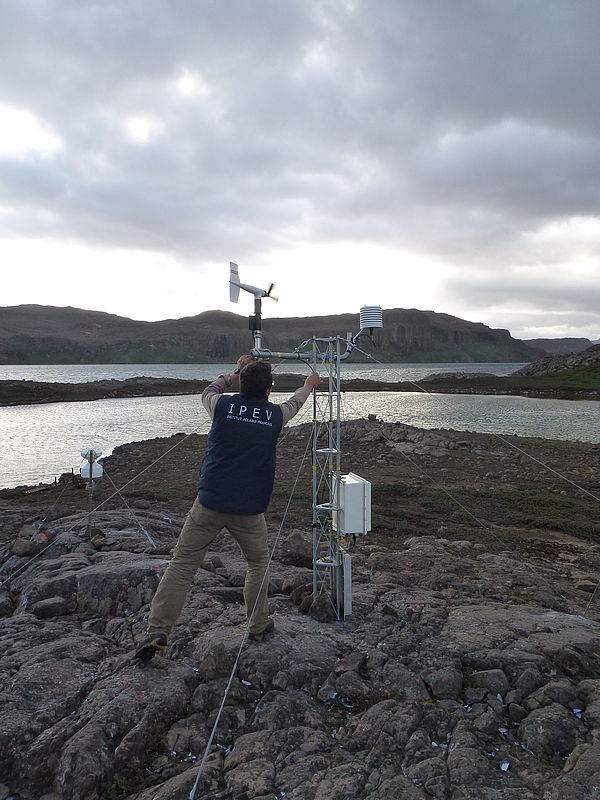 Weather Station Armor (Credits: Nina Marchand) |
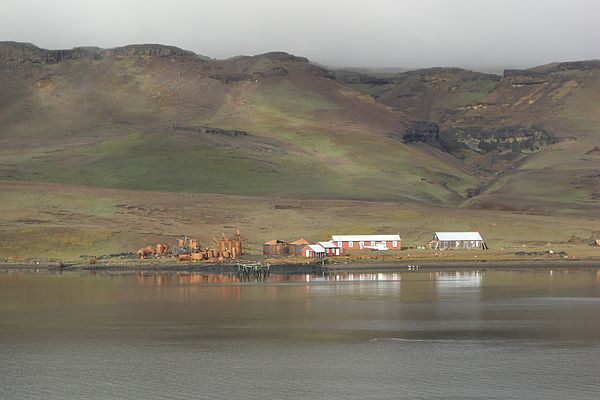 Whaler station (Credits: Yves Frenot) |
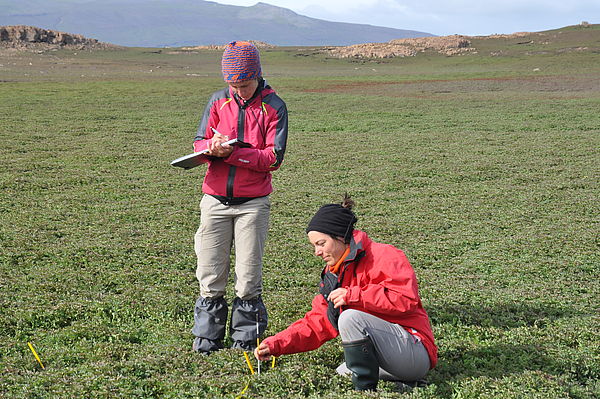 Botanists (Credits: Camille Thomas) |
 Landscape (Credits: Mathieu Laparie) |
